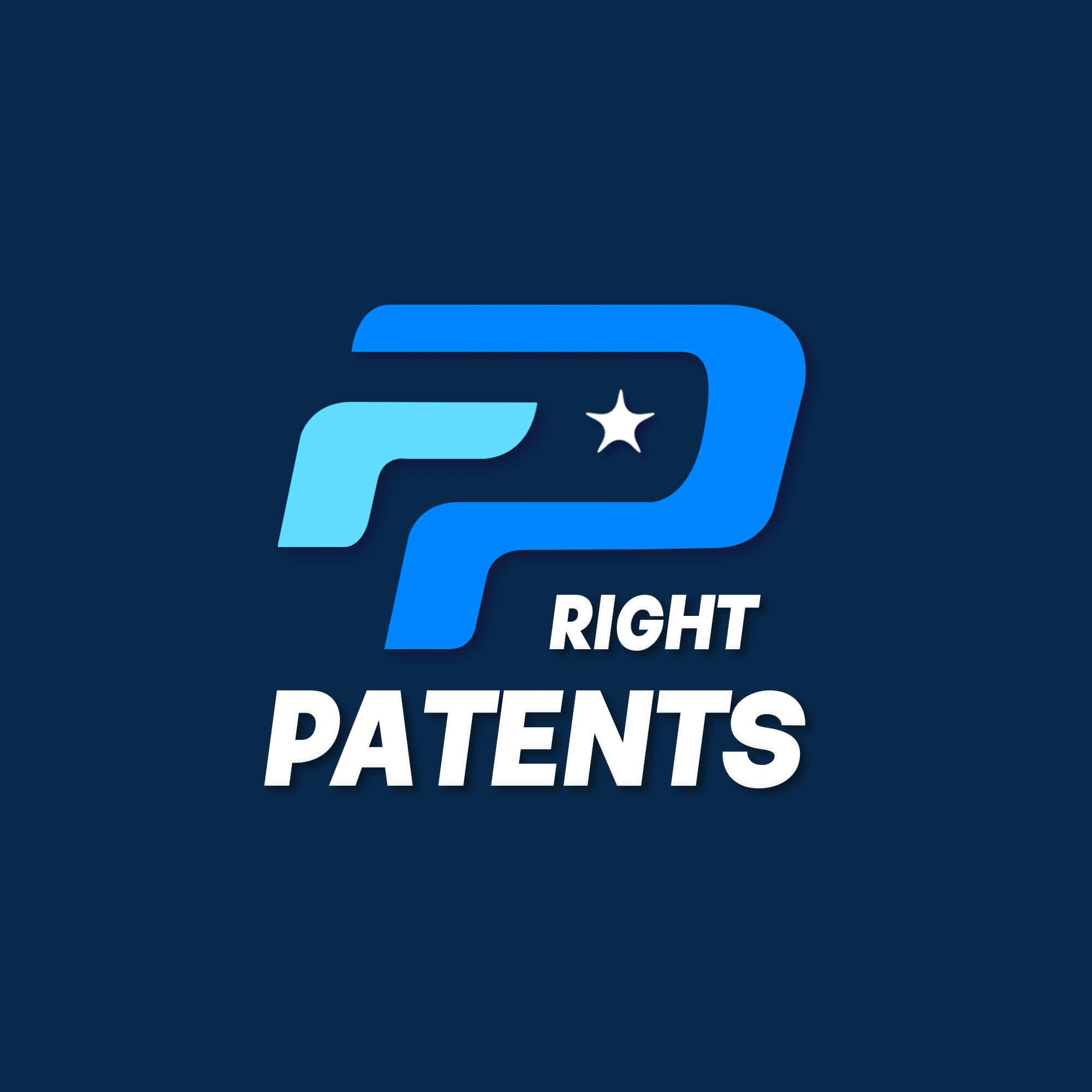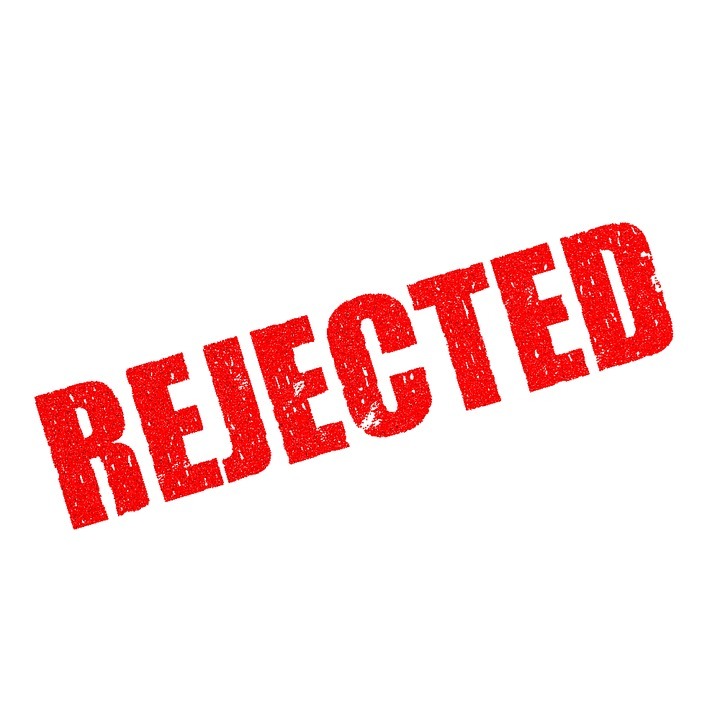Patent Drawing Mistakes and How To Fix Them: What do you do if a drawing you submitted with a patent application has been rejected by the patent office?
First of all, if your initial patent application is rejected (for drawings or other issues), don’t panic!
If this is your first time on our blog, welcome to Invention-patent-drawings, where we share useful and relevant content for patent drawings.
In this article, you’ll learn some crucial design patent drawing mistakes and how to fix them.
Let’s deep right into this.
Most patents go through an iterative process with the patent office before the examiner allows the claims. It’s a common part of the process.
Procedures and causes for patent drawing rejection will vary from one patent office to another. In this article we focus on how the process works at the US Patent and Trademark Office (USPTO).
Common patent drawing mistakes
There are two major types of reasons for why patent drawings get rejected:
- A technical issue with the drawing itself (not complying with the detailed specifications for patent drawings) or
- A discrepancy between the claims and the drawing, for example the claims include a particular feature which is not shown in the drawings.
Get error-free patent drawings in 4-6 days. Free Unlimited Revisions. Price starts at $30.
Drawing Rejections for Technical Issues
Technical issues are often uncovered by the Office of Patent Application Processing’s (OPAP) initial review of the drawings. They review all non-provisional utility and plant patent applications. OPAP examines the drawings to make sure they can be scanned and reproduced legibly. If they decide the drawings don’t meet that criteria, they will object to the drawings and give you a specified time frame to correct them.
Specific reasons OPAP may object to your drawing include:
- Line quality is too light, or text is illegible.
- Missing lead lines (the lines between reference characters and the part of the drawing they are referring to).
- Too much text, or text in languages other than English.
- Wrong size paper or wrong size margins. USPTO drawings must be on either A4 or US Letter (8.5” x 11”) size pages. Margins must be at least 1” top, 1” left, 5/8” right, and 3/8” bottom.
- If there’s more than one figure and the figures aren’t numbered in accordance with rules, which say the figures must be labeled “Fig.” followed by an Arabic numeral or an Arabic numeral followed by a capital English letter, e.g., “Fig. 1A.”
- Contain photographs that are illegible when reproduced if an ink drawing could have been submitted instead.
- Color drawings or photographs will be rejected if the applicant hasn’t filed a petition seeking permission for the use of color.
Remedying such issues is fairly straightforward: all you have to do is fix the noted problem and resubmit the drawing(s) in the specified time frame. One way to avoid having this kind of problem is to use an expert patent drawing service, such as Invention Patent Drawings, to prepare your patent illustrations. We’ll make sure all technical requirements are complied with before a drawing is submitted to the patent office.
Drawings Rejected for Substantive Reasons
Dealing with substantive objections to patent drawings is more complicated than dealing with technical problems. The most common problem is that there is a discrepancy between submitted claims and the drawing. The problem can work in either direction – there may be a claim that is not reflected in the drawings, or it may be that a particular figure isn’t discussed in the “Brief Description of the Drawings” section of the patent specification.
Fixing these issues is a little bit more complicated. The rules for submitting amendments to patent application are found in the US Federal Code 37 CFR §1.121. One of the most important rules states that “No amendment may introduce new matter into the disclosure of an application.”
This means if your drawing was rejected because it didn’t include a feature in the submitted claims, you can only amend the drawing to reflect what was already discussed in the claim. The drawing cannot introduce something new. Similarly, if the specification didn’t include a discussion of the drawing, any new discussion must be generic enough that it doesn’t introduce new matter.
If the examiner said there was a claim that was not shown in the drawings, your patent attorney may be able to argue with the examiner that it’s not needed. There is a contradiction in the rules for patent drawings.
37 CFR. §1.83(a) says that “The drawing in a nonprovisional application must show every feature of the invention specified in the claims.” This may be the rule an examiner refers to when rejecting a drawing for missing something.
On the other hand, 37 CFR §1.81(a) specifies, “The applicant for a patent is required to furnish a drawing of the invention where necessary for the understanding of the subject matter sought to be patented.”
If someone with ordinary skill in the “art” of the subject matter could understand the invention without that particular feature illustrated in the claims, the attorney could request that the objection be withdrawn on that basis.
It might, however, be simpler to just create a new drawing that illustrates the feature.
Conclusion
Good patent drawings are essential to a successful patent application. If an application has been rejected because of problems with the patent drawing, don’t despair: such problems can usually be fixed.
So, before filing a patent make sure that you’re not committing these two patent drawing mistakes.

